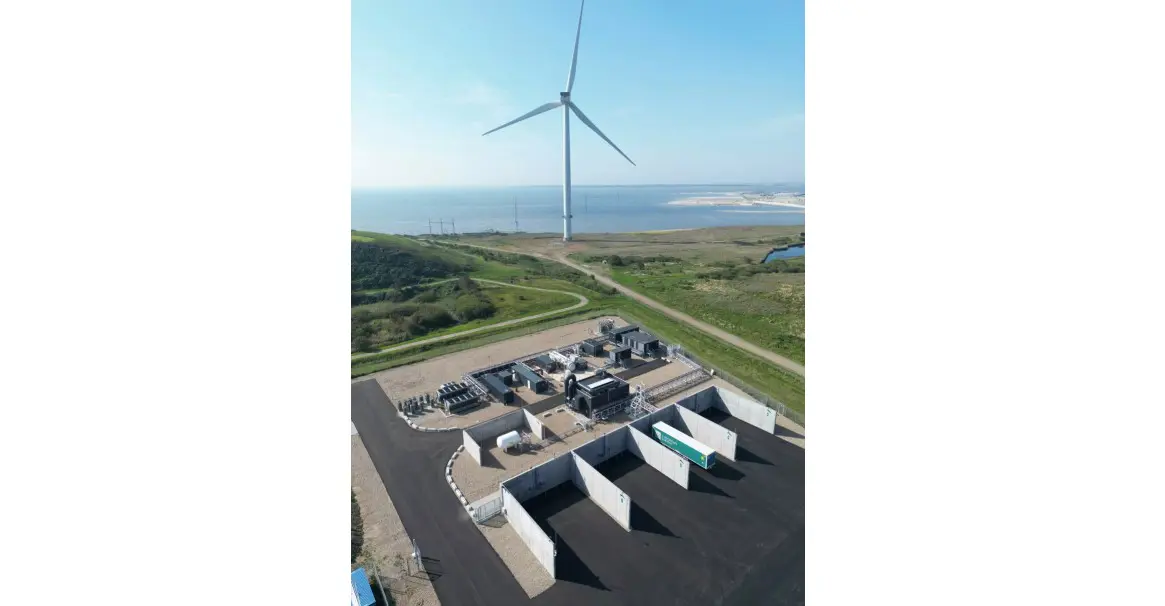
California’s Deepening Duck Curves

This article was written by Katherine Antonio, Richard Bowers, and Elesia Fasching.
As more solar capacity has come online in California, grid operators at the California Independent System Operator (CAISO) have observed a drop in net load (or the demand remaining after subtracting variable renewable generation) in the middle of the day when solar generation tends to be highest. When graphed for a typical day, the pattern created by the midday dip in the net load curve, followed by a steep rise in the evenings when solar generation drops off, looks like the outline of a duck, so this pattern is often called a duck curve. As solar capacity in California continues to grow, the midday dip in net load is getting lower, presenting challenges for grid operators.
Grid operators constantly balance electricity generation with electricity demand in a region. Demand is lowest overnight when most consumers are sleeping and when many businesses are closed. Demand ramps up in the morning as people wake up and businesses start opening. Demand stays elevated throughout the day, rises slightly in the evening as people come home from work and residential electricity consumption increases, and then drops off again in the late evening.
Unlike conventional power plants (for example, nuclear, coal-fired, and natural gas-fired plants), solar and wind resources can’t be fully dispatched at will to help meet demand, and utilities may have to curtail them to protect grid operations. Solar power is only generated during daylight hours, peaking at midday when the sun is strongest and dropping off at sunset. As more solar capacity comes online, conventional power plants are used less often during the middle of the day, and the duck curve deepens.

The duck curve presents two challenges related to increasing solar energy adoption. The first challenge is grid stress. The extreme swing in demand for electricity from conventional power plants from midday to late evenings, when energy demand is still high but solar generation has dropped off, means that conventional power plants (such as natural gas-fired plants) must quickly ramp up electricity production to meet consumer demand. That rapid ramp up makes it more difficult for grid operators to match grid supply (the power they are generating) with grid demand in real time. In addition, if more solar power is produced than the grid can use, operators might have to curtail solar power to prevent overgeneration.
The other challenge is economic. The dynamics of the duck curve can challenge the traditional economics of dispatchable power plants because the factors contributing to the curve reduce the amount of time a conventional power plant operates, resulting in reduced energy revenues. If the reduced revenues make the plants uneconomical to maintain, the plants may retire without a dispatchable replacement. Less dispatchable electricity makes it harder for grid managers to balance electricity supply and demand in a system with wide swings in net demand.
The duck curve, however, has created opportunities for energy storage. The large-scale deployment of energy storage systems, such as batteries, allow some solar energy generated during the day to be stored and saved for later, after the sun sets. Storing some midday solar generation flattens the duck’s curve, and dispatching the stored solar generation in the evening shortens the duck’s neck. Battery storage is swiftly being constructed in California; it’s grown from 0.2 gigawatts (GW) in 2018 to 4.9 GW as of April 2023. Operators plan to build another 4.5 GW of battery storage capacity in the state by the end of the year, according to the US Energy Information Administration’s (EIA) Preliminary Monthly Electric Generator Inventory.
The duck curve is not unique to California. It’s increasingly occurring in other parts of the country and around the world in places where the share of solar generation is increasing compared with generation from conventional sources. In addition, a duck curve is becoming visible at the national level in the United States.
About The Authors
Katherine Antonio, Richard Bowers, and Elesia Fasching are analysts at the US Energy Information Association.









